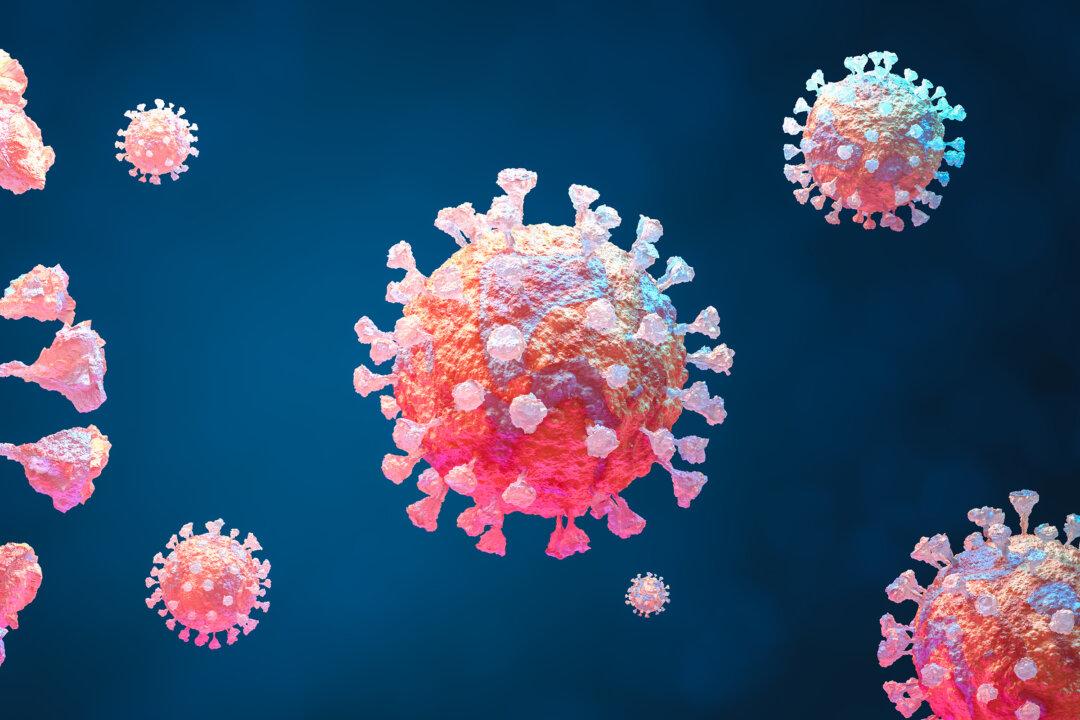A new survey found that only one in five Americans now view the coronavirus as “a major threat” to the health of the U.S. population, indicating a sharp decline from a high of 67 percent in July 2020.
The Pew Research Center survey, conducted among 10,133 Americans from Feb. 7 to Feb. 11, showed that only 10 percent of people are concerned they will catch the disease and require hospitalization.





